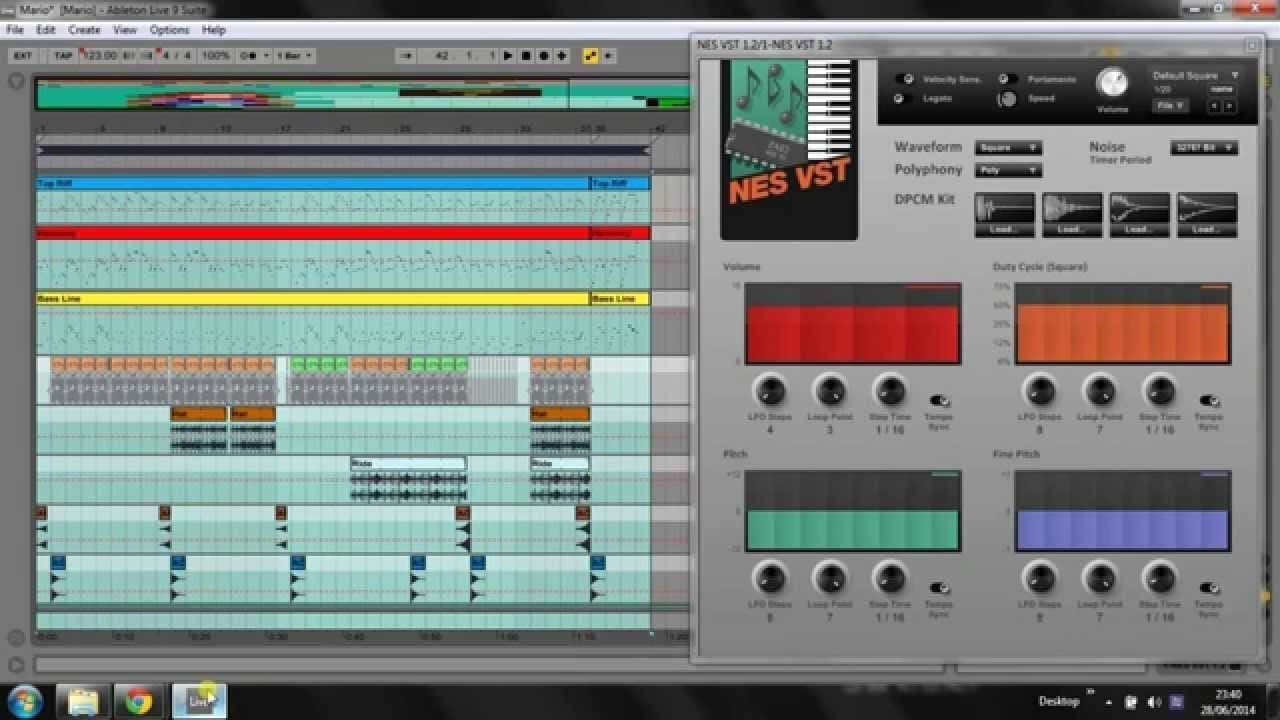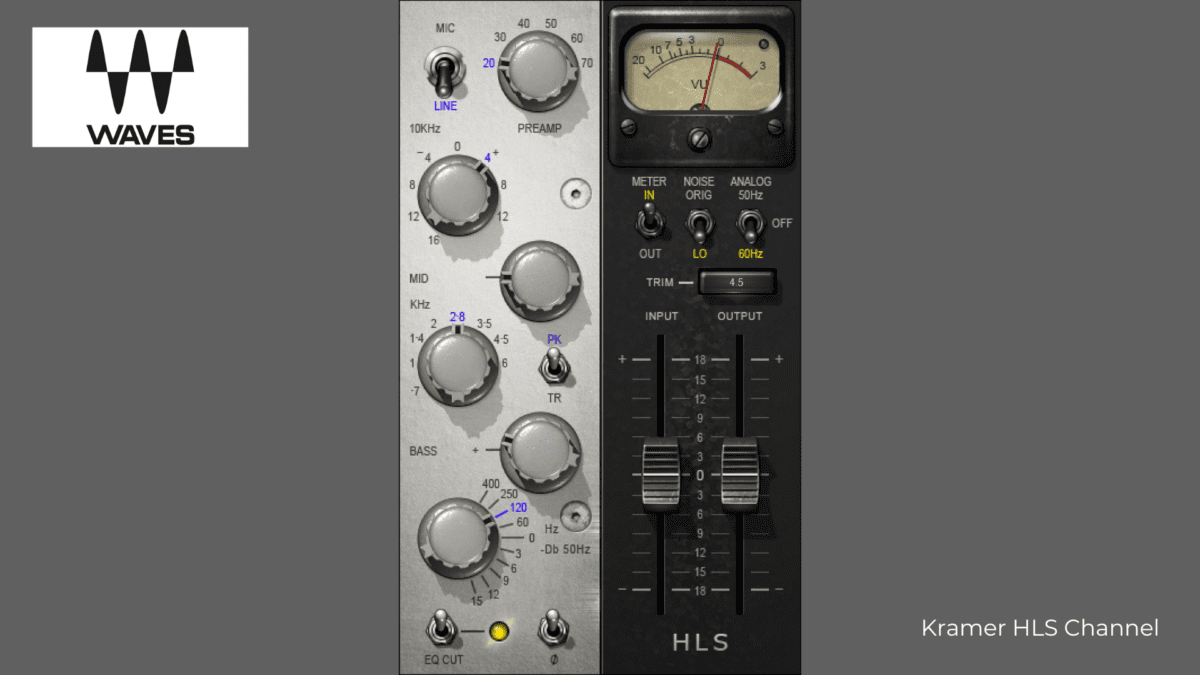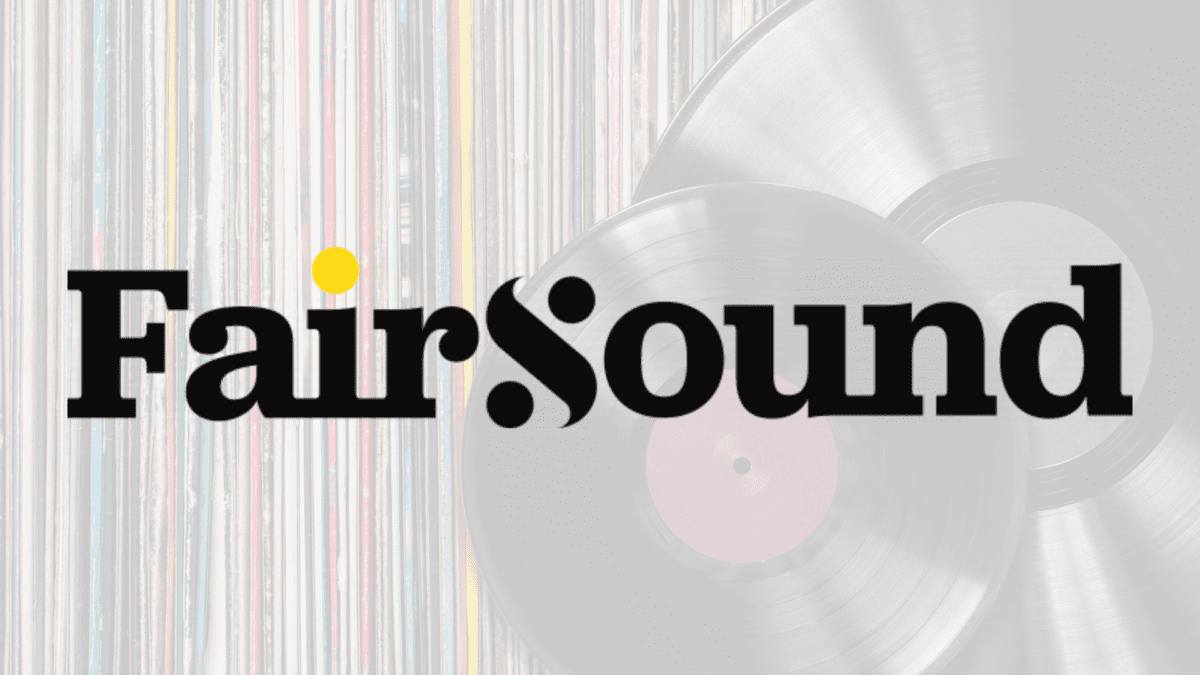
What Is NES VST?
NES VST is a virtual instrument plugin for digital audio workstations. It is based on the classic 8-bit Nintendo Entertainment System (NES) console game sound and its sound chip, the Ricoh 2A03.
NES VST plugin allows users to create and manipulate classic NES-style sounds and music with a modern, digital audio workstation. The plugin includes a variety of emulations of classic NES instruments such as the triangle wave, pulse wave, noise channel, and ADSR envelope, as well as a variety of effects. It also includes built-in step sequencers for creating patterns and compositions.
NES VST is a great way to bring the classic 8-bit sounds of the NES into the modern age. It is a great tool for producers and composers looking to create nostalgic 8-bit sample-rate music and sound effects.
Version 1.2 – Features of NES VST
- Pitch range -12 to +12
- Fixed problem where C was playing F#
- Tuning is back to A440
- More reasonable volume level
- Cleaned up the default patch set
Square
The square wave was initially constructed by summing two saw waves limited at half bandwidth, which really means 1/4 of the sample rate or 11,025 Hz. This was unsatisfactory and they switched to construction from saw waves limited at Nyquist.
The test signal was a square wave with pulse width modulation cycling across 25%, 50%, 75%, and 12.5% pulse width. The results are compared here:
Noise
The noise channel in the Nintendo is not noise in the usual sense, where amplitude or frequency would be modulated randomly. Instead, the NES sends a random sequence of bits directly to the audio out. This is analogous to a square wave with continuously-varying random pulse width. The NES produces noise in repeating sequences of 32767 or 93 bits. The pitch or colour of the noise is variable at 16 modes. These modes are mapped to MIDI notes in the VST plugin.
The noise sequence produced by code is heavily aliased with a great deal of harmonic content above 22,050 Hz. To solve this problem they subdivide time and create 8 unique output samples at every tick. These samples are merged and lowpass filtered to produce an 8x oversampled anti-aliased output.
DPCM
Delta pulse code modulation is achieved by either increasing or decreasing the amplitude of the signal by a fixed interval at every sample. The signal never maintains a steady amplitude, and the amplitude climbs at a limited rate. The NES uses DPCM to play sampled audio and does so with an amplitude resolution of 6 bits or 64 levels. They achieve real-time DPCM in code and allow the user to select 4 custom WAV file samples and attach the samples to MIDI notes C4, D4, E4, and F4.
Filter Section
The output is filtered by custom highpass and lowpass-shelf filters. The filters attenuate unwanted ultra-low frequency and high-frequency content that may be produced by the DPCM.
Pros
- Authentic sound of the original NES console
- Wide range of sound effects and instruments-Easy to use and intuitive interface
- Affordable price
- Compatible with most DAWs
Cons
- Limited sound palette
- Limited range of instrument
- Limited editing capabilities
- No support for external MIDI controllers
Where To Download NES VST
You can download the NES VST here.










